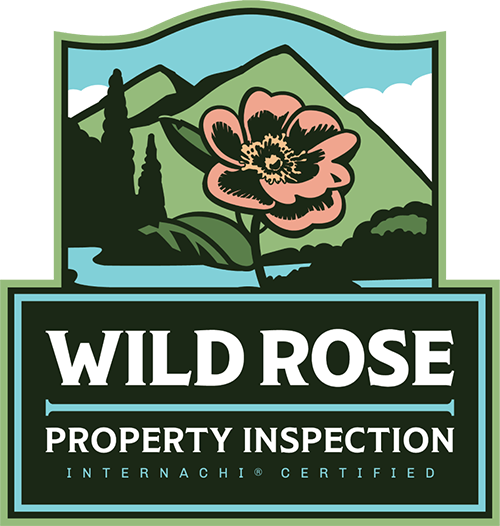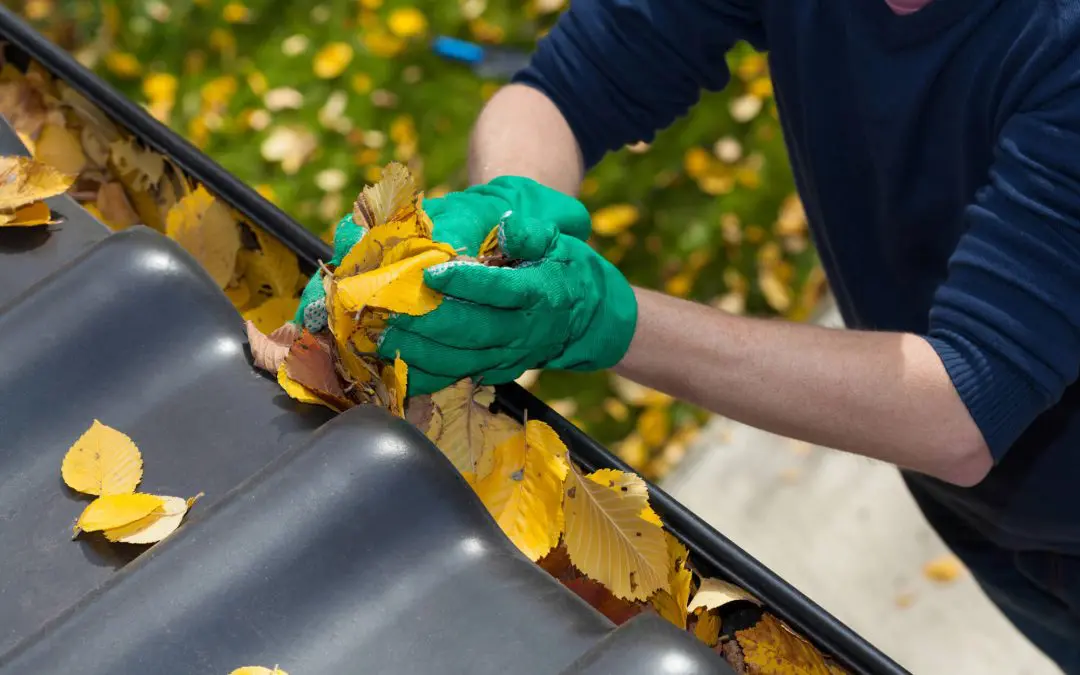As the leaves change and the air turns crisp, the focus shifts from outdoor summer activities to cozy indoor comfort. But before you settle in for the season, autumn brings a crucial list of tasks to protect your home from the coming winter chill. These vital fall home maintenance chores will help you avoid costly winter emergencies, maintain energy efficiency, and guarantee your home stays dry, warm, and secure until spring. Being proactive with your seasonal upkeep is the mark of a savvy homeowner.
Protecting Your Plumbing: Water System Fall Home Maintenance
Water and freezing temperatures are notorious combinations that cause homeowner headaches. A burst pipe could cause thousands of dollars in damage, making the plumbing system a top priority for fall home maintenance. The most critical step is addressing exterior water sources. Disconnect all garden hoses from outdoor spigots. Hoses left attached trap water near the faucet, increasing the risk of pipes freezing and bursting inside your walls. After disconnecting the hoses, shut off the water supply to any outdoor faucets and drain the remaining water by opening the spigot one last time.
Beyond the outside, consider your water heater. An annual flush helps remove sediment buildup that compromises efficiency and shortens the tank’s lifespan. While a professional plumber can handle this, many homeowners can perform a simple drain and flush to ensure their water heater is ready for the increased demand of the colder months ahead.
Roof and Gutter Fall Home Maintenance: Keeping Water Out
The roof and gutters are your home’s first line of defense against the elements. If they fail, your interior is vulnerable to water damage, mold, and rot. Clear all gutters and downspouts thoroughly. Clogged gutters prevent rainwater and melting snow from draining away from the house. Instead, water could back up under the roofing material, leading to ice dams in winter, or pool around your foundation, which could lead to serious basement leaks and foundation damage. After cleaning, make sure all downspouts are securely attached and direct water at least five to ten feet away from the foundation.
Next, inspect your roof. Look for missing, cracked, or loose shingles that may have been damaged over the summer. While minor repairs can sometimes be done by a handy homeowner, anything beyond a simple shingle replacement should be handled by a professional to guarantee safety and proper sealing. Also, check the flashing around chimneys, vents, and skylights; this is a common point of failure for leaks, and repairing it now is key.
Heating System and Ventilation Fall Home Maintenance
Your furnace or boiler is about to get its biggest workout of the year, so guaranteeing it is operating efficiently and safely is paramount. Schedule a professional HVAC tune-up before the cold weather truly sets in. A technician will clean the unit, check for leaks, verify proper combustion, and make minor adjustments that improve efficiency and prevent mid-winter breakdowns. Between professional visits, remember to change the air filter. A clean filter is essential for system efficiency and maintaining good indoor air quality.
Another important task is inspecting the chimney and fireplace. If you plan to use your fireplace, hire a professional chimney sweep to ensure the chimney is free of creosote buildup, which is highly flammable, as well as any animal nests or debris that could block ventilation. This safety step is an essential part of your fall home maintenance checklist.
Sealing and Insulating: Improving Energy Efficiency
As temperatures drop, focus on keeping the warm air in and the cold air out. Maximizing your home’s envelope is a smart fall home maintenance investment that saves money all winter long. Walk around your home, inside and out, checking windows and doors. Apply weatherstripping to any areas where you feel a draft. Use caulk to seal small cracks and gaps where utility lines, cables, and vents enter your house. Even small leaks add up to significant heat loss.
If you have an accessible attic, check the insulation levels. The vast majority of heat loss occurs through the roof, and checking that you have sufficient, evenly distributed insulation is one of the best ways to keep your home warm and your heating bills down. These efforts to tighten your home are fundamental to effective fall home maintenance.
Frequently Asked Questions (FAQs)
When is the best time to start fall home maintenance?
The ideal time to start is early October through November. The weather is generally mild enough for outdoor work, but you’ll want to complete critical tasks like furnace tune-ups and winterizing before the first hard freeze hits.
Why is cleaning the gutters so important for fall home maintenance?
Clogged gutters are the leading cause of ice dams, roof damage, and foundation leaks in winter. That’s why cleaning your gutters should be a key step in your fall maintenance checklist.
Should I cover my outdoor air conditioning unit in the winter?
It depends on the unit. Most newer central AC units are built to withstand winter weather and do not require full covers, as covers could trap moisture and encourage rust or nesting rodents.
How often should I change my furnace filter during the heating season?
For most standard homes, furnace filters should be changed every 1 to 3 months. If you have pets, allergies, or run your heating system constantly, changing it monthly is a better practice to guarantee efficiency.
Wild Rose Property Inspection provides professional home inspection services to customers in the Alberta area. If you’re buying or selling a property, contact us to request an appointment.

